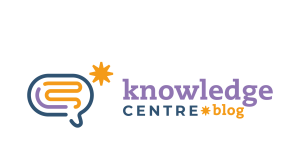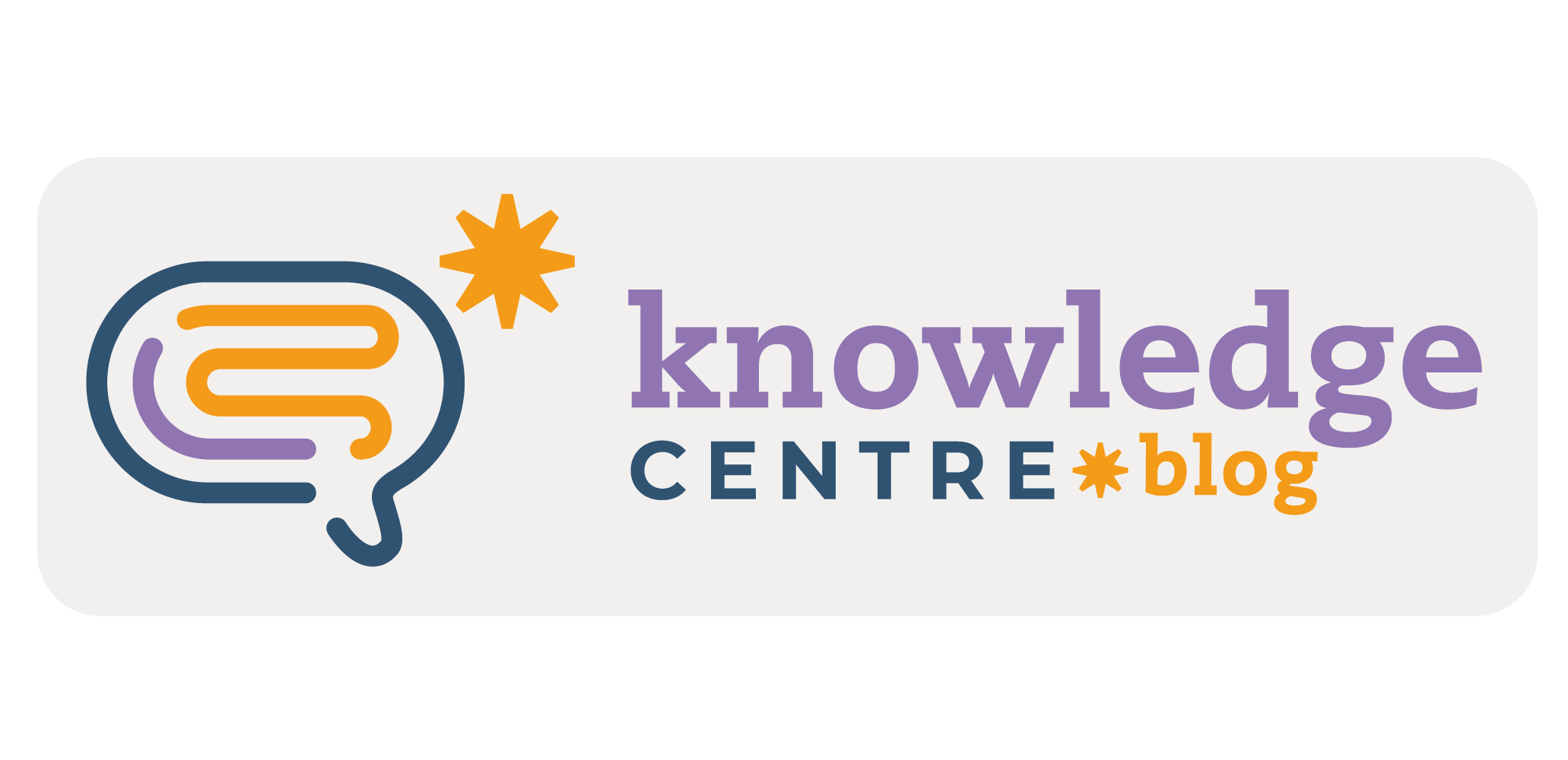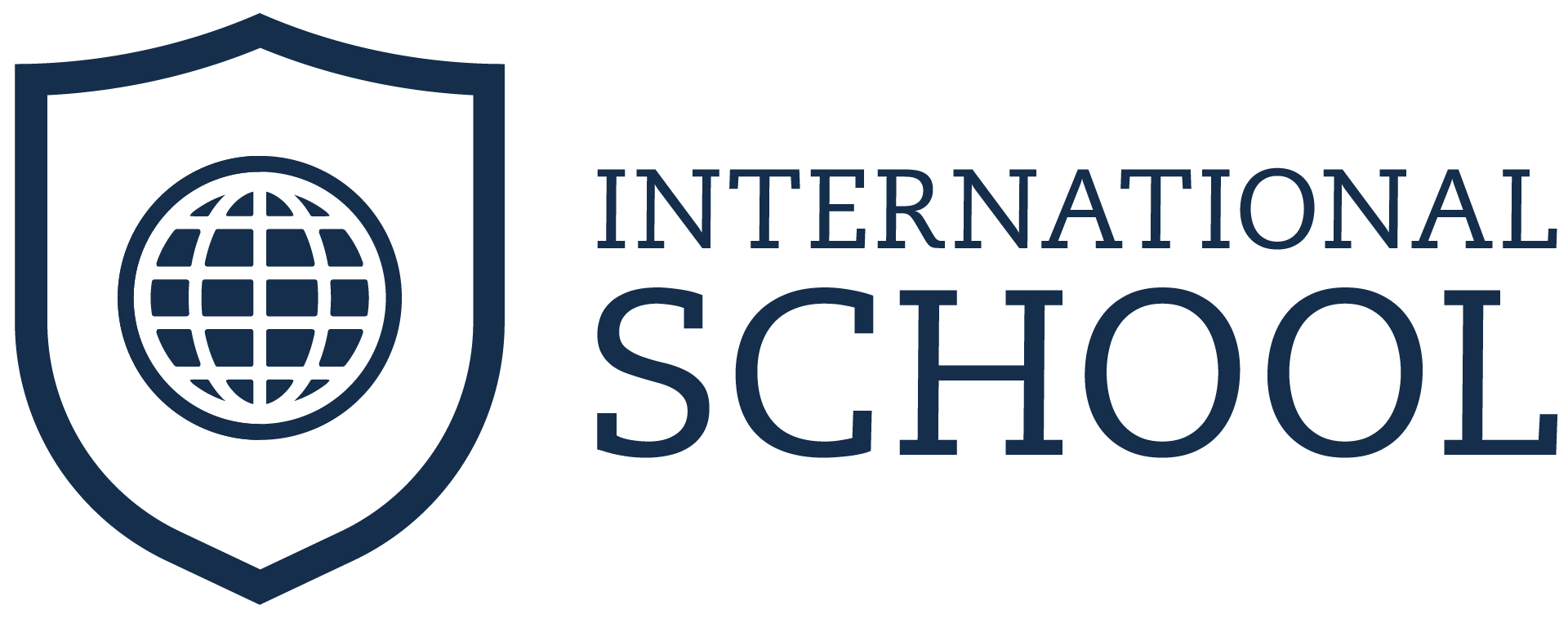The acronym CLIL (Content and Language Integrated Learning) was coined by David Marsh in 1994 (Mehisto et al, 2010). As its name suggests, it refers to the teaching of language and the teaching of content (curricular subjects such as Science or Math) occurring integratedly, in the same lesson or course of lessons. As a dual-focus approach (Ball, 2015), it allows for a range of techniques to be used, so there is not a fixed framework for an effective CLIL lesson, which might pose huge challenges to teachers in general. Thus, check below the first 6 practical tips which might definitely help you when planning your lessons.
1. Setting Learning Outcomes
Your learning outcomes should cover both language and content. As so, it might be effective to think of two outcomes for each lesson: What you expect students to learn in the language (To Know the name of wild animals and their habitats OR To Know the main physical features of a country) as well as what you expect students to do using the language (To be able to carry out an experiment OR To be able to describe a work of art).
2. Don’t Forget to Take Cognition Into Account
Cognitive development is part of the 4Cs, a framework developed by professor Do Coyle, referring to aspects that should be present in CLIL based courses, the other ones being Communication, Content and Culture (Do Coyle et al, 2014). Teachers must guide students through developing higher order cognitive processes. Therefore, it is advisable to revisit the revised Bloom’s Taxonomy as often as possible in order to ensure that you are actually providing students with opportunities to develop complex thinking skills.
3. Developing Intercultural Competence
Another important C mentioned by professor Do Coyle is Culture which, simply put, has to do with how students relate to the content of the lesson. It involves getting to know different cultures but also reflecting on their own local culture. When planning a lesson on sports, students should be exposed to the ones which are popular around the world, in different countries, and the ones which are part of their Brazilian culture.
4. Tests
Testing is a complex issue when thinking of CLIL based lessons, as it should mirror what they have been doing in class, involving both content and language. At elementary levels, whe should be careful with students’ ability to manipulate language. It is not fair if they know the answer but do not know how to state that in English yet. So, elementary test questions should be simpler in terms of language. Reordering sentences or matching terms and definitions are good options.
5. Using Rubrics
When dealing with other assessment tools such as projects or presentations, rubrics are extremely effective so that students can be assessed in a rather holistic way. As CLIL involves the 4Cs, rubrics help us teachers to evaluate students’ progress in relation to all those four areas.
6. Focus on Content, but Highlight Relevant Structures
In a CLIL based lesson, language is relatively secondary as the starting point of a lesson is always content. To help students’ keep track of their language development, it is highly important to highlight and have them register relevant structures dealt with in a lesson.
Which ones are you willing to try right now? We’ll be back soon with 6 more practical tips for effective CLIL lesson delivery!
References
Ball, C. 2008. “What is CLIL?” Available at: https://www.onestopenglish.com/clil/article-what-is-clil/500453.article
Coyle, D., Hood, P. & Marsh, D. 2010 CLIL: Content and Language Integrated Learning. CUP
Mehisto, P., Frigols, M.J. & Marsh, D. 2008. Uncovering CLIL: Content and Language Integrated Learning and Multilingual Education. Macmillan ELT
By EDC








